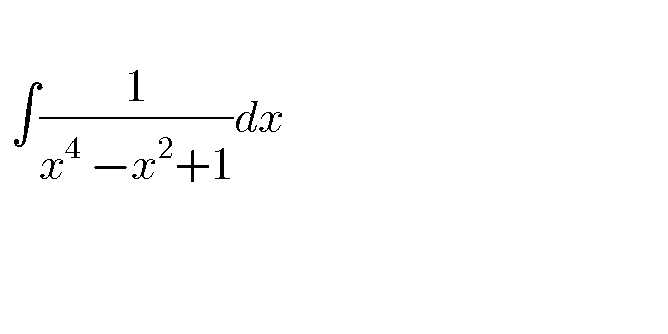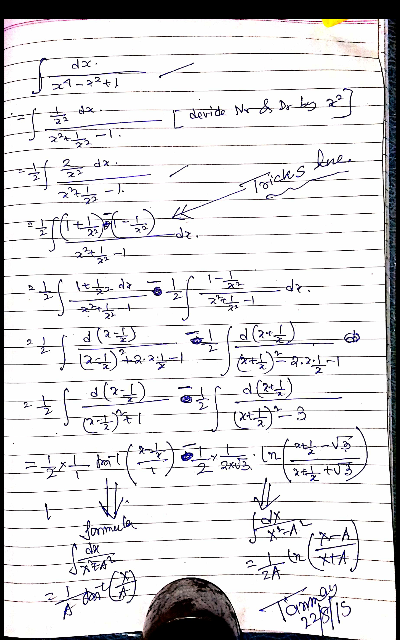
Question and Answers Forum
Question Number 67035 by rajesh4661kumar@gmail.com last updated on 22/Aug/19

Commented by rajesh4661kumar@gmail.com last updated on 22/Aug/19

Commented by mathmax by abdo last updated on 22/Aug/19

Answered by Tanmay chaudhury last updated on 22/Aug/19

